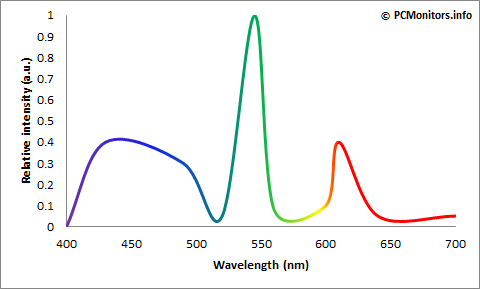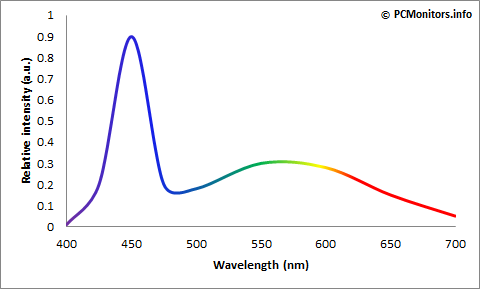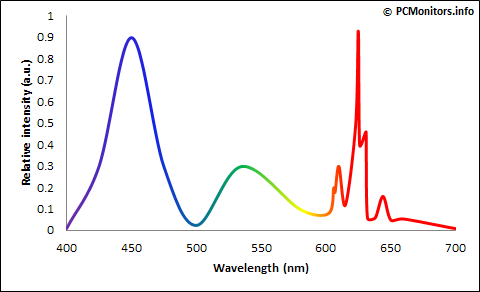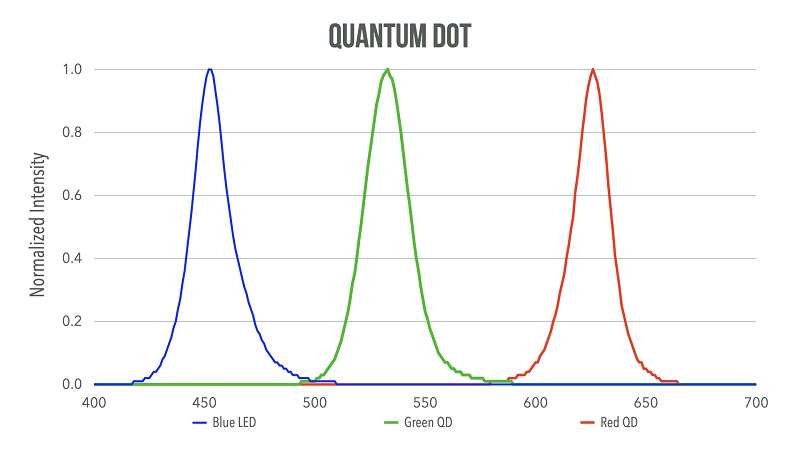Severe Sensitivity to Light Emitted from LED-Backlit Displays
Posted: 31 May 2025, 16:49
New poster here! This looks like a wonderful and supportive community, so I already give my big thanks to those that made it all happen, including the Chief Blur Buster! =p
I'm hoping for a really smart person (or at least way smarter than me!) to help me connect the dots on this conundrum I've been trying to solve for over twelve years now:
Excitement was high at the end of 2011 as I dropped multiple grand on a sweet new gaming rig and a Samsung SyncMaster S24A850DW LED monitor! These LED-backlit displays were new to the market and looked like the next generation of flat panels to succeed the first generation flat panel displays (CCFL-backlit LCD)
However, the second I booted up this new computer, there was something about it the second the monitor was turned on that my body absolutely hated. The screen felt extremely bright, and was causing instant pain behind the eyeballs. It was like turning on my iPhone flashlight and putting it right up next to my eyeballs. Turning the brightness down to 0% didn't seem to help much either. On top of that, I felt a "queasiness", almost like the effect of eating something bad and what it does to your GI system, but this symptom felt like it was coming from my neurological system. Things never got better, and I put this new computer in the closet and pulled my old one out of there and that's the way things remained for a year!
Until I decided to try again one day and take my old monitor (4:3 LCD CCFL-backlit monitor) and throw it on the new computer as an experiment. I was absolutely fine with it. It wasn't the computer itself, it was the display! I completed the experiment by taking the new monitor, and throwing it on my old system. Those neurological migraine-inducing effects didn't take long to hit!
Later at work, some colleagues were given these newer LED-backlit displays, and they were causing the same reactions in me! I could only work deskside with folks that had the older CCFL-backlit displays. I was given a Dell U2410 for work, and I liked it and it seemed to work for me if I kept it at 0% brightness, and I bought the same same monitor for myself to use at home as well. Some of these strange light-sensitivity symptoms would return if I upped the brightness on my Dell U2410 though, but nothing compared to the newer LED monitors.
So, that's where things have sort of sat for the last decade plus. Here I am still stuck in the past in the 2000s on older style CCFL-backlit displays, because they are "known good" for me. It seems like I have had to sit out for an entire technology cycle here and wait for some new screen display technology to arrive.
I'm wondering if that time is now with the introduction of OLED displays. Is there something inherently different about the way they work that might work for me? I can't figure out exactly what my system despises so much about LED-backlit computer monitor light when viewed from an arms-length distance.
The most comfortable display I have ever laid eyes on in history are those plasma TVs that used to compete with LCD TVs in the 2000s. Are there any modern display technologies most like plasma? Quantum Dot perhaps (QD-OLED)?
Is there anyone that can shed some light about all this (at least light that won't give me a migraine! =p)
I'm hoping for a really smart person (or at least way smarter than me!) to help me connect the dots on this conundrum I've been trying to solve for over twelve years now:
Excitement was high at the end of 2011 as I dropped multiple grand on a sweet new gaming rig and a Samsung SyncMaster S24A850DW LED monitor! These LED-backlit displays were new to the market and looked like the next generation of flat panels to succeed the first generation flat panel displays (CCFL-backlit LCD)
However, the second I booted up this new computer, there was something about it the second the monitor was turned on that my body absolutely hated. The screen felt extremely bright, and was causing instant pain behind the eyeballs. It was like turning on my iPhone flashlight and putting it right up next to my eyeballs. Turning the brightness down to 0% didn't seem to help much either. On top of that, I felt a "queasiness", almost like the effect of eating something bad and what it does to your GI system, but this symptom felt like it was coming from my neurological system. Things never got better, and I put this new computer in the closet and pulled my old one out of there and that's the way things remained for a year!
Until I decided to try again one day and take my old monitor (4:3 LCD CCFL-backlit monitor) and throw it on the new computer as an experiment. I was absolutely fine with it. It wasn't the computer itself, it was the display! I completed the experiment by taking the new monitor, and throwing it on my old system. Those neurological migraine-inducing effects didn't take long to hit!
Later at work, some colleagues were given these newer LED-backlit displays, and they were causing the same reactions in me! I could only work deskside with folks that had the older CCFL-backlit displays. I was given a Dell U2410 for work, and I liked it and it seemed to work for me if I kept it at 0% brightness, and I bought the same same monitor for myself to use at home as well. Some of these strange light-sensitivity symptoms would return if I upped the brightness on my Dell U2410 though, but nothing compared to the newer LED monitors.
So, that's where things have sort of sat for the last decade plus. Here I am still stuck in the past in the 2000s on older style CCFL-backlit displays, because they are "known good" for me. It seems like I have had to sit out for an entire technology cycle here and wait for some new screen display technology to arrive.
I'm wondering if that time is now with the introduction of OLED displays. Is there something inherently different about the way they work that might work for me? I can't figure out exactly what my system despises so much about LED-backlit computer monitor light when viewed from an arms-length distance.
The most comfortable display I have ever laid eyes on in history are those plasma TVs that used to compete with LCD TVs in the 2000s. Are there any modern display technologies most like plasma? Quantum Dot perhaps (QD-OLED)?
Is there anyone that can shed some light about all this (at least light that won't give me a migraine! =p)




